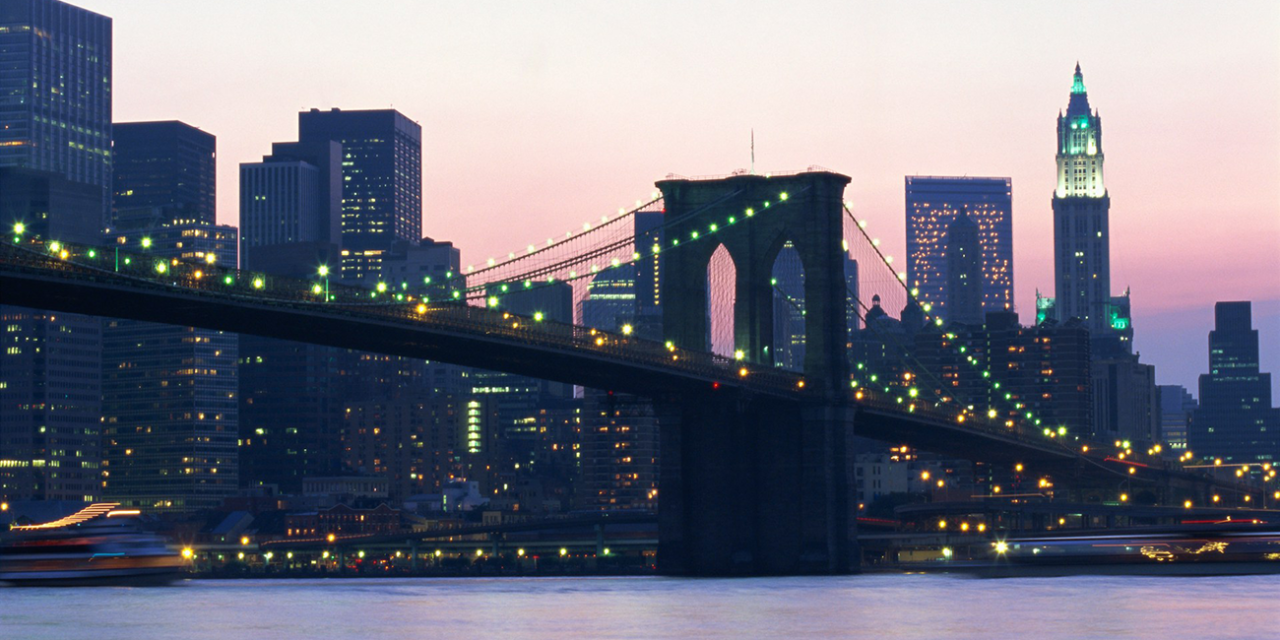New York State, often called “The Empire State,” has a rich and diverse history that has significantly shaped the United States.
New York’s history is a fascinating journey through time, from its early indigenous roots to its leading role as a vibrant and buzzing center of commerce, culture, and politics.
Table of Contents
Indigenous Peoples and Early Exploration
The Iroquois and Algonquin Tribes
Long before European settlers arrived, the Iroquois and Algonquin tribes inhabited the region now known as New York.
The Iroquois Confederacy, also known as the Haudenosaunee, comprised five (later six) nations: the Mohawk, Oneida, Onondaga, Cayuga, Seneca, and Tuscarora. This sophisticated political and social system played a crucial role in maintaining peace and cooperation among the tribes. The Algonquin people, including the Lenape, lived in the coastal areas and were skilled in fishing, hunting, and agriculture.
Early European Exploration
The Italian navigator Giovanni da Verrazzano was the first European to explore New York in 1524.
In 1609, he was followed by Henry Hudson, who was an employee of the Dutch East India Company. Hudson’s exploration led to the Dutch establishing a presence in the region, ultimately founding New Amsterdam on the southern tip of Manhattan Island.
Dutch and English Colonization
New Netherland
In 1624, the illustrious Dutch West India Company started the colony of New Netherland.
The capital, New Amsterdam, became a vital center for trade, particularly in fur. The Dutch influence is still evident in many place names and the enduring legacy of tolerance and trade.
English Takeover
In 1664, the English seized control of New Netherland and renamed it New York, in honor of the Duke of York.
The transition was relatively peaceful, and the colony continued to thrive under English rule. New York played a significant role in the Atlantic trade network, benefiting from its strategic location and deep harbors.
Revolutionary War and Statehood
New York in the American Revolution
New York was a critical battleground during the American Revolutionary War.
The Battle of Saratoga in 1777 was a huge changing point in the war, leading to French support for the American cause. New York City served as the British headquarters for much of the war, enduring significant hardships and destruction.
Becoming the 11th State
On July 26, 1788, New York ratified the United States Constitution, becoming the 11th state to join the Union.
The state’s strategic importance continued into the post-war period, with New York City briefly serving as the nation’s capital.
19th Century: Growth and Transformation
The Erie Canal
Completed in 1825, the Erie Canal revolutionized transportation and trade in New York.
It connected the incredibly huge Great Lakes with the Atlantic Ocean via the Hudson River, facilitating the movement of goods and people. The canal spurred economic growth, turning New York City into the nation’s premier port and commercial hub.
Immigration and Industrialization
A massive influx of immigrants through Ellis Island in the 19th century contributed to New York’s cultural diversity.
Industries flourished, particularly in textiles, manufacturing, and finance. Cities like Buffalo, Rochester, and Syracuse became industrial powerhouses, while New York City emerged as a global financial center.
20th Century: Modernization and Global Influence
The Great Depression and World Wars
New York played a pivotal role during the Great Depression and both World Wars.
The Great Depression heavily impacted the state’s economy, but massive public works projects, like the construction of the Empire State Building, symbolized resilience and recovery. During World War II, New York’s industries and shipyards were crucial to the war effort.
Post-War Prosperity and Challenges
The post-war era brought prosperity, growth, and challenges, such as urban decline and social unrest.
The construction of highways and suburbs reshaped the state’s demographic and economic landscape. The 1960s and 70s saw significant social movements, including the important continued fight for civil rights and the rise of counterculture.
Contemporary New York
Economic and Cultural Powerhouse
Today, New York is a global economic and cultural powerhouse.
New York City is a leading center for finance, media, art, and fashion, attracting millions of visitors and immigrants each year. The state’s universities and research institutions are among the best in the world, contributing to advancements in various fields.
Preservation and Innovation
New York continues to balance the preservation of its rich history with innovation and progress.
Efforts to preserve historical landmarks and promote environmental sustainability are ongoing, ensuring that New York remains a vibrant and dynamic place to live and visit.
Conclusion
The history of New York is a testament to its resilience, diversity, and enduring significance.
From its indigenous roots and colonial beginnings to its role as a modern economic and cultural leader, New York’s journey is a reflection of broader American themes of growth, adaptation, and progress. As the state moves forward, it continues to honor its past while embracing the future with determination and innovation.





